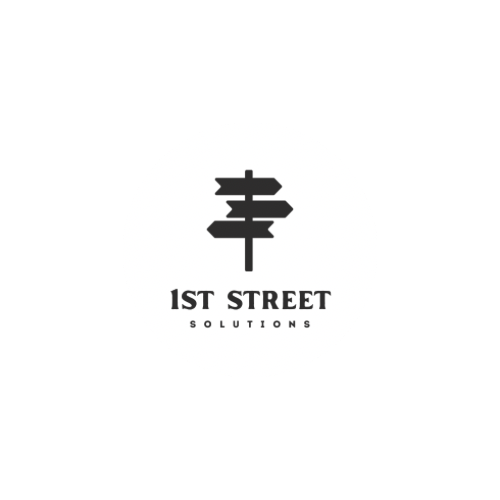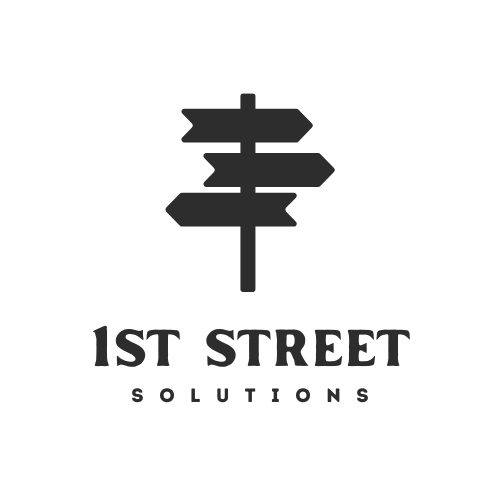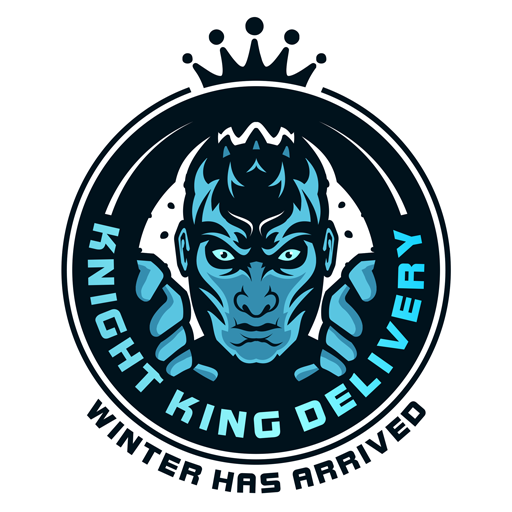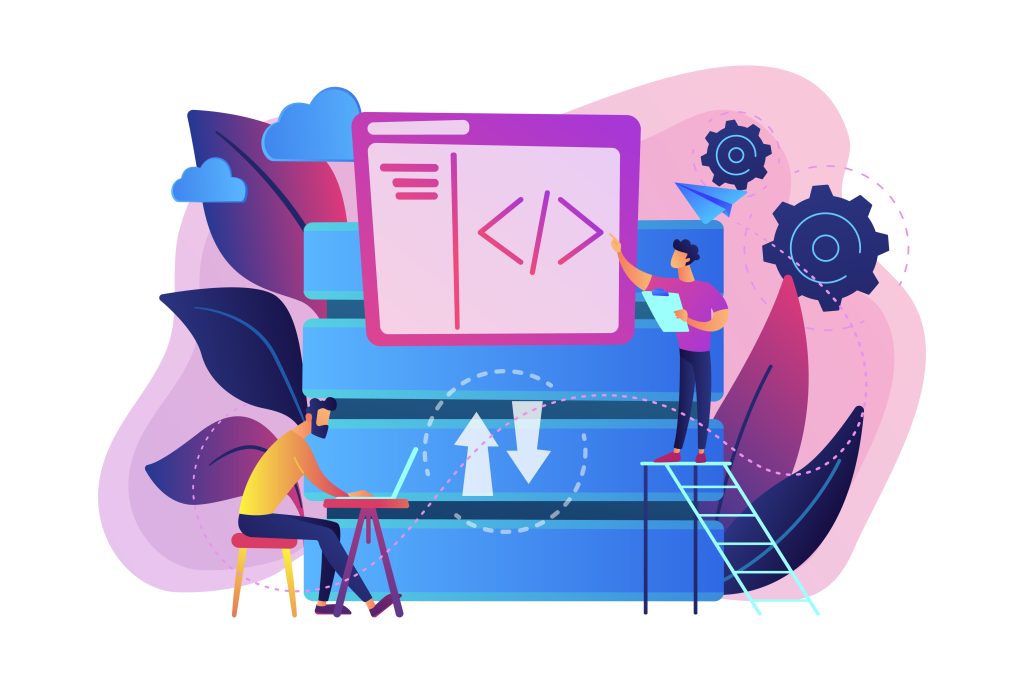In today’s fast-paced, technology-driven world, the journey from an idea to a market-ready product begins with a critical step: prototype development. Whether you are designing a new gadget, creating a mobile device, or building an IoT solution, prototypes help transform abstract concepts into tangible, testable realities. They enable engineers, designers, and stakeholders to validate the functionality, design, and usability of a product before investing heavily in full-scale production.
What Is Prototype Development?
Prototype development is the process of building an early model or sample of a product to test its features, design, and overall feasibility. It serves as a bridge between the conceptual and the practical stages of product creation. The prototype doesn’t have to be perfect—it’s meant to provide insights into how the final product will work, feel, and perform.
Depending on the stage of development, prototypes can range from simple sketches or 3D-printed mockups to fully functional electronic versions. The goal is to uncover design flaws, technical limitations, and user experience issues early in the development process.
The Importance of Prototype Development
Prototyping offers immense value in product design and engineering. Here are some of its major advantages:
-
Early Validation of Concept:
A prototype enables designers and developers to validate their ideas before full-scale production. It answers questions like: Does the product solve the intended problem? Is it user-friendly? Are there technical constraints? -
Risk Reduction:
Building a prototype helps identify design or functional errors early. Correcting issues at this stage is much cheaper and faster than after mass production begins. -
Improved Communication:
A tangible model of the product allows clear communication between engineers, stakeholders, and investors. It helps everyone involved visualize the final outcome and suggest meaningful improvements. -
User Feedback and Testing:
Prototypes are excellent tools for gathering real user feedback. Testing the product in a real-world environment helps refine usability, ergonomics, and performance before finalizing the design. -
Accelerated Time-to-Market:
Prototyping can streamline the development process by clarifying the best design and technology choices early on. This reduces back-and-forth revisions later and helps bring the final product to market faster.
Stages of Prototype Development
Prototype development typically follows a structured process that includes several key stages:
-
Conceptualization:
The process begins with brainstorming and identifying the problem the product aims to solve. Designers create sketches, CAD models, or digital renderings to visualize the idea. -
Design and Planning:
Once the concept is finalized, detailed design specifications are created. This includes defining the materials, dimensions, electronic components, and software requirements. -
Prototype Fabrication:
The actual prototype is built during this phase. It can involve 3D printing, CNC machining, or electronics assembly depending on the nature of the product. -
Testing and Iteration:
The prototype undergoes functional testing to evaluate performance, durability, and user interaction. Based on feedback, multiple iterations may be developed until the final version meets expectations. -
Pre-Production Prototype:
Before mass manufacturing, a pre-production prototype (sometimes called an engineering prototype) is developed to test manufacturability and ensure it adheres to production standards.
Types of Prototypes
Different types of prototypes serve different purposes, depending on the product’s development stage:
-
Proof-of-Concept (POC): Demonstrates the core functionality of the idea.
-
Visual Prototype: Focuses on design and aesthetics without complete functionality.
-
Functional Prototype: Operates similarly to the final product but may not be made from final materials.
-
Pre-Production Prototype: Used to test manufacturing methods and ensure production readiness.
Each type of prototype provides unique insights, and often, multiple types are created throughout a project’s lifecycle.
Tools and Technologies in Prototype Development
Modern prototype development heavily relies on advanced technologies to speed up the process and improve accuracy:
-
3D Printing: Enables rapid creation of physical models directly from CAD designs.
-
CAD Software: Used for designing precise digital models before fabrication.
-
Embedded Systems and Microcontrollers: Allow developers to test electronic functionality.
-
Simulation Software: Helps analyze product performance virtually before physical testing.
Many companies partner with an experienced embedded software development company to integrate custom firmware, sensors, and IoT functionalities into their prototypes, ensuring that both hardware and software are synchronized effectively.
Challenges in Prototype Development
Despite its benefits, prototype development also comes with challenges such as:
-
Cost Constraints: High-fidelity prototypes can be expensive, especially with advanced materials or technologies.
-
Time Limitations: Rapid iterations can lead to delays if not managed efficiently.
-
Design Revisions: Multiple test cycles may reveal unforeseen issues requiring major design adjustments.
Addressing these challenges requires a balanced approach—using the right tools, collaborating with skilled engineers, and maintaining flexibility throughout the process.
Conclusion
Prototype development is the cornerstone of innovation—it brings imagination to life, minimizes risks, and lays the foundation for successful product launches. Whether it’s a startup testing a new gadget or an established company upgrading an existing design, prototypes remain an indispensable tool in modern engineering. By integrating cutting-edge tools and collaborating with experts, businesses can transform bold ideas into market-ready solutions faster and more efficiently than ever before.







